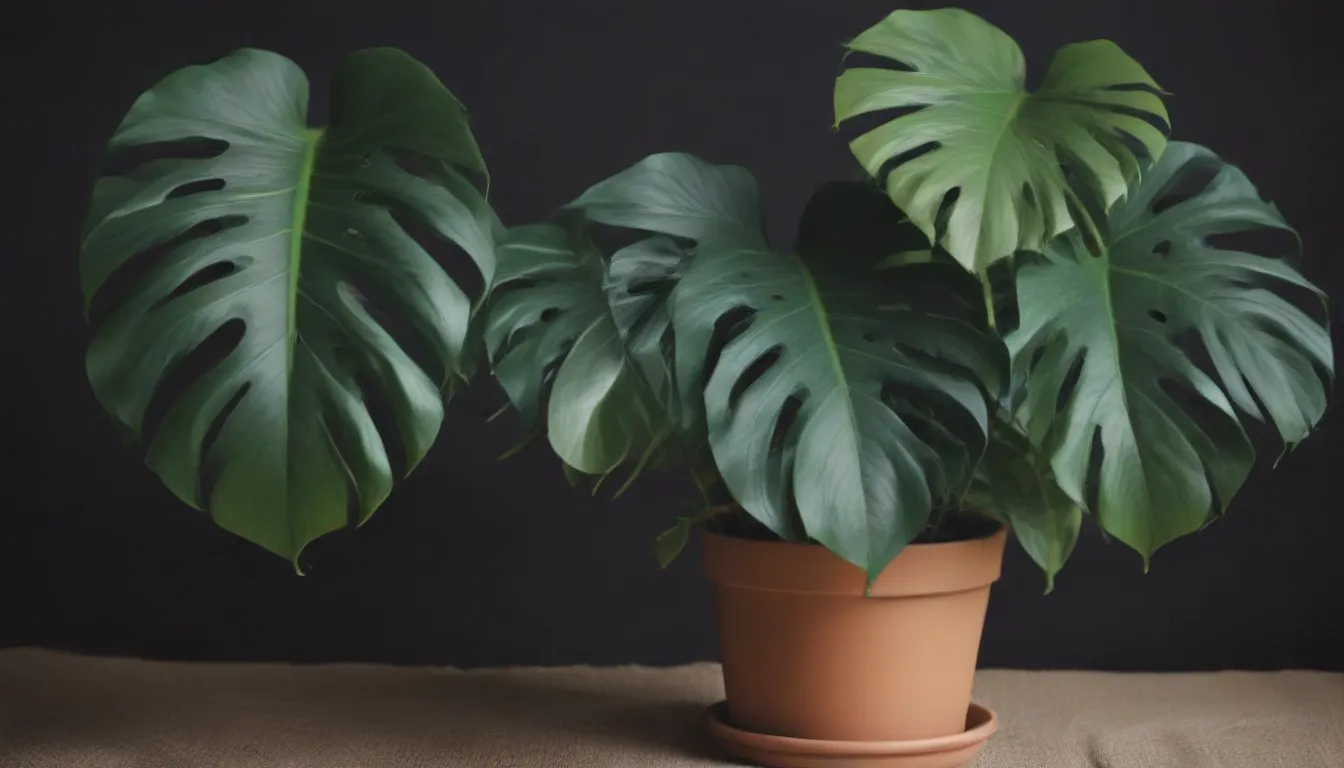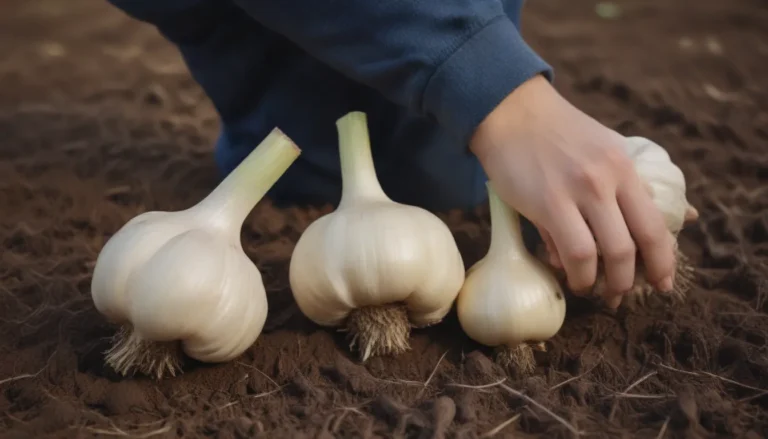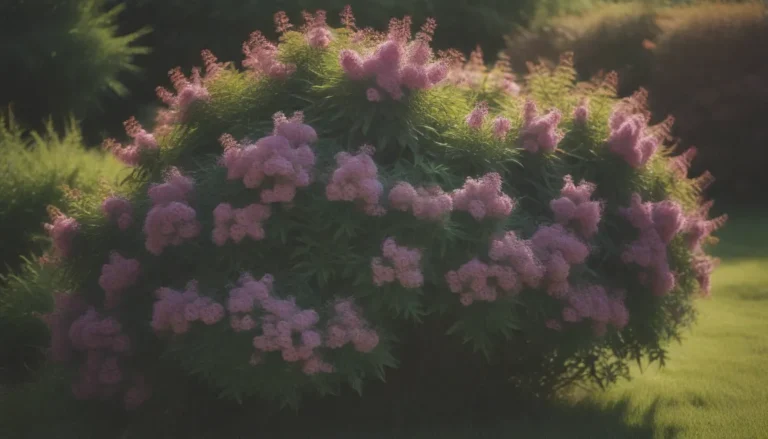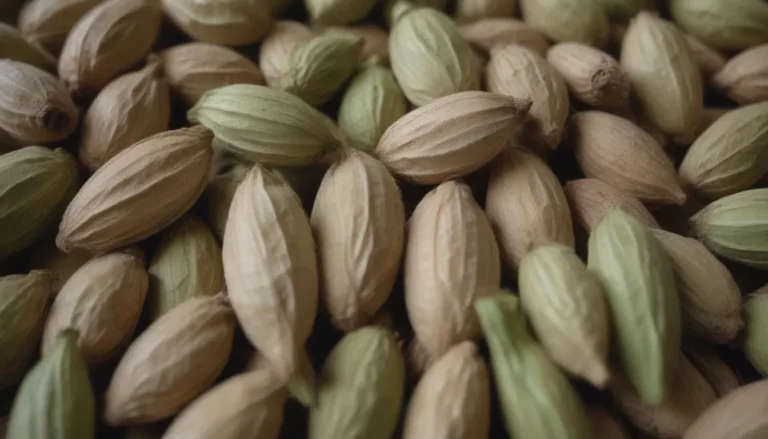Ultimate Guide to Growing and Caring for Monstera Siltepecana

Monstera siltepecana, famously known as silver monstera ‘El Salvador’, is a captivating tropical plant native to Mexico and Central America. This climbing epiphytic vine is a popular choice for indoor gardening enthusiasts due to its striking lance-shaped leaves adorned with silvery markings against dark green veins. While the Monstera siltepecana is a beautiful addition to any home, it’s crucial to note that it’s toxic to both people and pets, so handle it with care.
Monstera Siltepecana Care
Taking care of your Monstera siltepecana is essential to ensure its health and vitality. Here are some key care tips to help you cultivate a thriving plant:
Light
Provide your Monstera siltepecana with bright, indirect light or filtered light to support its growth. Consider placing your plant in a location that receives plenty of natural light. Investing in a trellis for your plant to climb can encourage the development of fenestrations, or holes, in its leaves as it matures.
What Are Fenestrations?
Fenestrations are the distinctive splits or openings found in the leaves of certain plants, including various types of Monstera. These unique features develop in mature Monstera siltepecana plants under the right conditions, such as proper lighting, adequate moisture, trellising, and suitable climate.
Soil
Monstera siltepecana thrives in rich, well-drained soil. You can opt for a pre-made aroid potting mix or create your own blend by combining equal parts of peat moss or coconut coir, perlite, organic compost, and orchid bark for optimal growth.
Water
Water your Monstera siltepecana when the top few inches of soil have dried out. Avoid overwatering, as this can lead to root rot. It’s crucial to allow the excess water to drain properly to prevent waterlogged soil and potential issues with the plant’s roots.
Temperature and Humidity
Creating a conducive environment for your Monstera siltepecana is vital for its overall well-being. Aim to maintain temperatures between 60 and 95 degrees Fahrenheit and humidity levels above 60 percent, mirroring its natural jungle habitat. Avoid exposing the plant to drafty areas or extreme temperature fluctuations. In dry indoor spaces, consider using a humidifier to increase the air’s moisture content near your plant.
Fertilizer
Feed your Monstera siltepecana with a balanced houseplant fertilizer diluted to half strength once a month during the growing season. Cease fertilization in the fall and monitor the plant’s growth in preparation for the upcoming spring. The emergence of new foliage is a cue to resume fertilizing for the season ahead.
Types of Monstera Siltepecana
Apart from the classic Monstera siltepecana, there is a rare variation known as Silver monstera ‘El Salvador’ (Monstera siltepecana ‘El Salvador’). This unique type exhibits larger, mature leaves at a smaller size compared to the standard Monstera siltepecana.
Silver Monstera ‘El Salvador’ (Monstera siltepecana ‘El Salvador’)
Distinguished by its compact size and impressive leaf development, the Silver monstera ‘El Salvador’ is a prized variation sought after by plant enthusiasts for its distinctive features.
Pruning
Regular pruning is essential for maintaining the health and shape of your Monstera siltepecana. Remove any dead or damaged leaves as they appear, and trim back overgrown portions of the plant to encourage healthy growth. It’s advisable to prune during the active growing seasons of spring and summer to promote optimal results. Avoid removing more than 25 percent of the plant during a single pruning session and utilize the trimmed portions for propagation purposes.
Propagating Monstera Siltepecana
Propagating your Monstera siltepecana can be a rewarding experience, allowing you to expand your plant collection with ease. Spring and summer are the ideal seasons for propagation, whether you choose soil or water propagation methods.
Propagating Monstera Siltepecana in Soil
To propagate your plant in soil, you’ll need essential supplies such as a small plant pot, potting mix, sterilized pruners, rooting hormone powder (optional), and water.
Propagating Monstera Siltepecana in Water
Alternatively, you can propagate your plant in water using a small glass or jar, sterilized shears, and water. This method offers a visual insight into root development and is a popular choice among plant enthusiasts.
Potting and Repotting Monstera Siltepecana
Repotting your Monstera siltepecana every two to three years or when the plant shows signs of being root-bound is crucial for its continued growth and health. Look out for indications such as roots protruding from the pot’s drainage holes, root congestion at the soil surface, or stunted growth. Opt for a well-draining potting mix and a container that provides ample drainage to prevent waterlogging. When repotting, increase the pot size by one step to accommodate the plant’s expanding root system effectively.
Common Pests & Plant Diseases
Just like any other houseplant, Monstera siltepecana is susceptible to common pests such as aphids, mealybugs, and scale. Regularly inspect your plant for signs of infestation and take prompt action to address any pest issues. Utilize natural remedies like rubbing alcohol-soaked cotton swabs or horticultural soap to combat pests effectively.
Common Problems With Monstera Siltepecana
Monitoring your Monstera siltepecana for common plant problems is essential for maintaining its overall health and vitality. Here are some common issues to watch out for:
Leaves Turning Yellow
Yellowing leaves can be a sign of overwatering or underwatering. Check the soil moisture levels and adjust your watering routine accordingly. Ensure the soil dries out between watering sessions to prevent root rot, which can pose a threat to the plant’s survival.
Leggy Growth
If your Monstera siltepecana exhibits leggy growth with elongated stems and sparse foliage, inadequate light exposure may be the culprit. Prune back leggy portions of the plant and relocate it to a spot with better lighting conditions to encourage compact, lush growth.
Browning Tips
Browning leaf tips can indicate low humidity levels around your plant. Create a more humid microclimate by grouping humidity-loving plants together or using a humidifier to boost moisture levels in the air. Consistent monitoring and care can help alleviate this issue and promote healthier foliage growth.
In conclusion, cultivating and caring for your Monstera siltepecana can be a fulfilling journey that rewards you with lush, vibrant foliage. By following the guidelines outlined in this comprehensive guide, you can create an optimal environment for your plant to thrive and flourish. Remember to observe your plant regularly, address any issues promptly, and enjoy the beauty and elegance that the Monstera siltepecana brings to your indoor space. Happy gardening!





